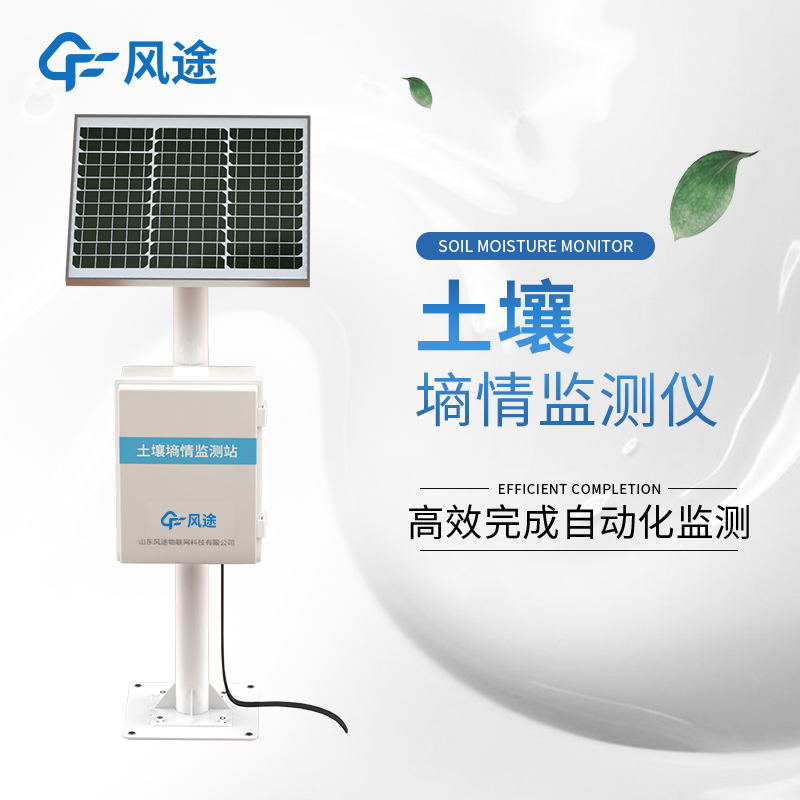Shandong Fengtu IOT Technology Co., Ltd
Sales Manager:Ms. Emily Wang
Cel,Whatsapp,Wechat:+86 15898932201
Email:info@fengtutec.com
Add:No. 155 Optoelectronic Industry Accelerator, Gaoxin District, Weifang, Shandong, China

Sales Manager:Ms. Emily Wang
Cel,Whatsapp,Wechat:+86 15898932201
Email:info@fengtutec.com
Add:No. 155 Optoelectronic Industry Accelerator, Gaoxin District, Weifang, Shandong, China
time:2024-08-26 13:07:04 source:Weather Station viewed:436 time
Soil moisture monitoring and forecasting is particularly important in the current context of water stress, as it helps to conserve water, improve water use efficiency, and rationalize the use of water resources.
Soil moisture monitoring and forecasting allows people to grasp the soil moisture status in a timely manner, accurately assess the drought situation, and issue early warnings in a timely manner. This helps to formulate effective drought measures, rationally allocate water resources according to the actual situation of soil moisture, and implement precise irrigation. In this way, the allocation of water resources can be optimized to ensure that every drop of water can be used in the most effective way, thus improving the efficiency of agricultural production and the sustainable use of water resources while saving water.
Soil Moisture Testing Equipment uses soil moisture sensors, a key tool for monitoring soil moisture, which are based on two main operating principles: capacitive and frequency domain reflectance (FDR).
Capacitive sensors work by measuring changes in the soil's dielectric constant to infer the moisture content of the soil. The soil's dielectric constant changes as the moisture content increases or decreases, and the sensor utilizes this property to determine soil moisture.
Frequency domain reflectance sensors, on the other hand, send high-frequency electromagnetic pulses into the soil and analyze the signals reflected back from these pulses. Electromagnetic waves travel at different speeds in different media, and by measuring the travel time and reflection characteristics of the pulses, the moisture content of the soil can be calculated.
The moisture information detected by the soil moisture sensor is turned into a digital signal by an analog-to-digital converter and then processed by a microprocessor. In order to work without a power supply, monitoring stations are usually powered by solar panels and batteries. In this way, soil moisture can be accurately monitored regardless of the time of day or location.

turbidity sensor is a device that uses light scattering to measure the concentration of suspended particles in a solution to detect water quality by measuring turbidity levels....
The Six Elements of Meteorological Sensor is a highly integrated monitoring device that provides continuous real-time monitoring of key meteorological parameters such as wind speed, wind direction, air temperature, relative humidity, atmospheric pressure and precipitation. This sensor is designed wi...
Irrigation channel flow monitoring realizes continuous dynamic monitoring of water flow in irrigation channels through the deployment of various measuring equipment and data collection technologies. Based on flow monitoring data, precise irrigation plans can be formulated by combining indicators suc...
soil tensiometer is a device that measures soil water tension. It uses the principle of negative pressure to measure soil moisture. It can be used to measure water in soil in the field and in the laboratory....